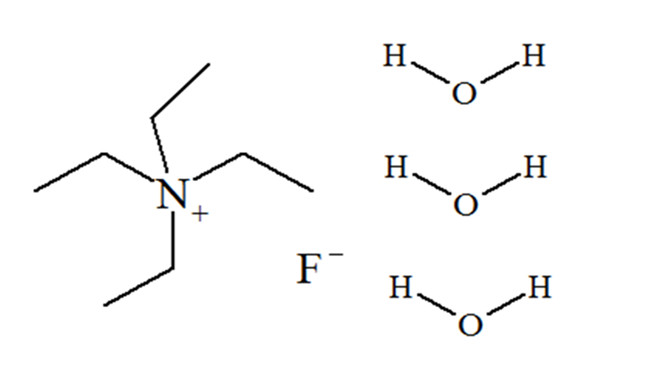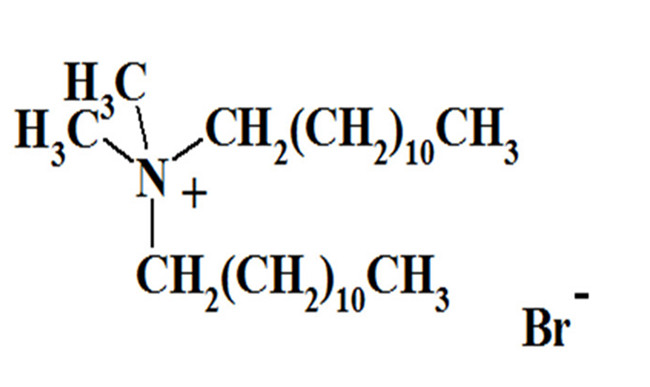Mar 29, 2024
Product name: Dodecyl dimethyl benzyl ammonium chloride, Benzalkonium chloride
Cas no.: 139-07-1
Molecular formula: C21H38ClN Molecular weight: 339.99
Purity(content): 40%/45%/50%/80%/95%/98%
Structural formula:
Properties: 40%, 45%, 50%, and 80% are colorless or light yellow liquid, 95% is off-white or light yellow paste, which melt into a sticky off-white or light brown paste when heated, and 98% is off-white or light yellow powder. The aqueous solution shows neutral or weakly alkaline reaction and generates a large amount of foam when shaking. This product is highly soluble in water or ethanol, but slightly soluble in ether.
Usage: Benzalkonium chloride is a cationic surfactant, belonging to non oxidizing bactericides, with broad-spectrum and efficient bactericidal and algal killing ability. It can effectively control the reproduction of bacteria and algae in water and the growth of sludge, and has good sludge stripping effect and certain dispersion and permeation effect. At the same time, it has certain oil and odor removal ability and corrosion inhibition effect. Low toxicity, no cumulative toxicity, and easily soluble in water, not affected by water hardness. Therefore, it is widely used in circulating cooling water systems in industries such as petroleum, chemical, power, and textile to control the growth of bacteria and algae in cruise cooling water systems, and has a special effect on killing sulfate reducing bacteria. It can be used as a sterilization and antivirus agent, softener, anti-static agent, emulsifier, conditioner, etc. in the textile printing and dyeing industry.
Attention: High content is prone to water absorption and should be stored in a sealed and dry place.
If you want to know more about this material, please feel free to visit us at www.ahsuperchem.com











